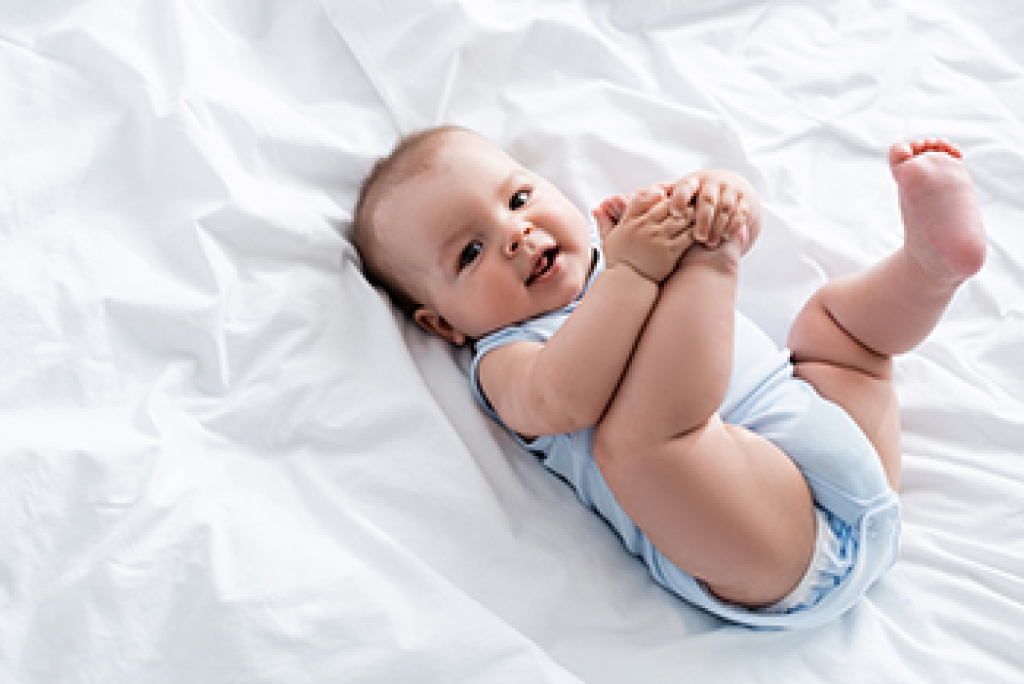
Cuboid syndrome occurs when the small cuboid bone on the outer side of the mid-foot shifts slightly out of position or becomes irritated, leading to sharp or aching discomfort. It is seen most often in active individuals, including dancers, runners, and people who spend long periods of time on their feet, because repetitive motion and sudden twists can place extra stress on the outer foot. Others may develop it after an ankle sprain, as the injury can disrupt normal alignment. Symptoms include pain along the outer mid-foot, difficulty pushing off during walking, tenderness when pressing the area, and a feeling of weakness or instability. Treatment focuses on restoring alignment, reducing irritation, and supporting the foot as it heals. A podiatrist can perform targeted manipulation, provide taping or padding, and recommend footwear or inserts that improve stability. If outer foot pain continues to interfere with movement, it is suggested that you see a podiatrist who can accurately diagnose and treat cuboid syndrome.
Cuboid syndrome, also known as cuboid subluxation, occurs when the joints and ligaments near the cuboid bone in the foot become torn. If you have cuboid syndrome, consult with one of our podiatrists from Lexington Foot and Ankle Center, PSC. Our doctors will assess your condition and provide you with quality foot and ankle treatment.
Cuboid syndrome is a common cause of lateral foot pain, which is pain on the outside of the foot. The condition may happen suddenly due to an ankle sprain, or it may develop slowly overtime from repetitive tension through the bone and surrounding structures.
Causes
The most common causes of cuboid syndrome include:
- Injury – The most common cause of this ailment is an ankle sprain.
- Repetitive Strain – Tension placed through the peroneus longus muscle from repetitive activities such as jumping and running may cause excessive traction on the bone causing it to sublux.
- Altered Foot Biomechanics – Most people suffering from cuboid subluxation have flat feet.
Symptoms
A common symptom of cuboid syndrome is pain along the outside of the foot which can be felt in the ankle and toes. This pain may create walking difficulties and may cause those with the condition to walk with a limp.
Diagnosis
Diagnosis of cuboid syndrome is often difficult, and it is often misdiagnosed. X-rays, MRIs and CT scans often fail to properly show the cuboid subluxation. Although there isn’t a specific test used to diagnose cuboid syndrome, your podiatrist will usually check if pain is felt while pressing firmly on the cuboid bone of your foot.
Treatment
Just as the range of causes varies widely, so do treatments. Some more common treatments are ice therapy, rest, exercise, taping, and orthotics.
If you have any questions, please feel free to contact our offices located in Harrodsburg, Frankfort, Georgetown, and Lexington, KY . We offer the newest diagnostic and treatment technologies for all your foot care needs.



